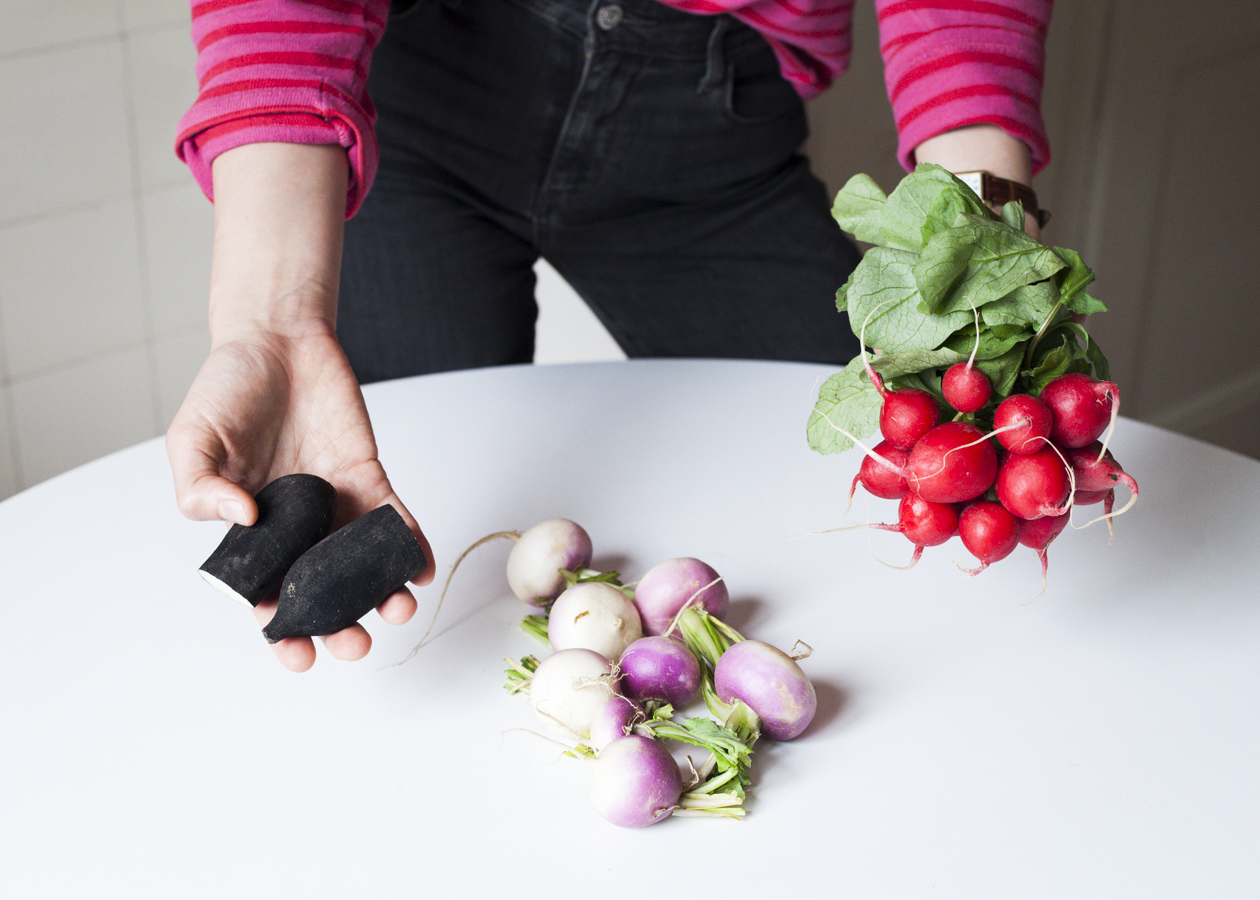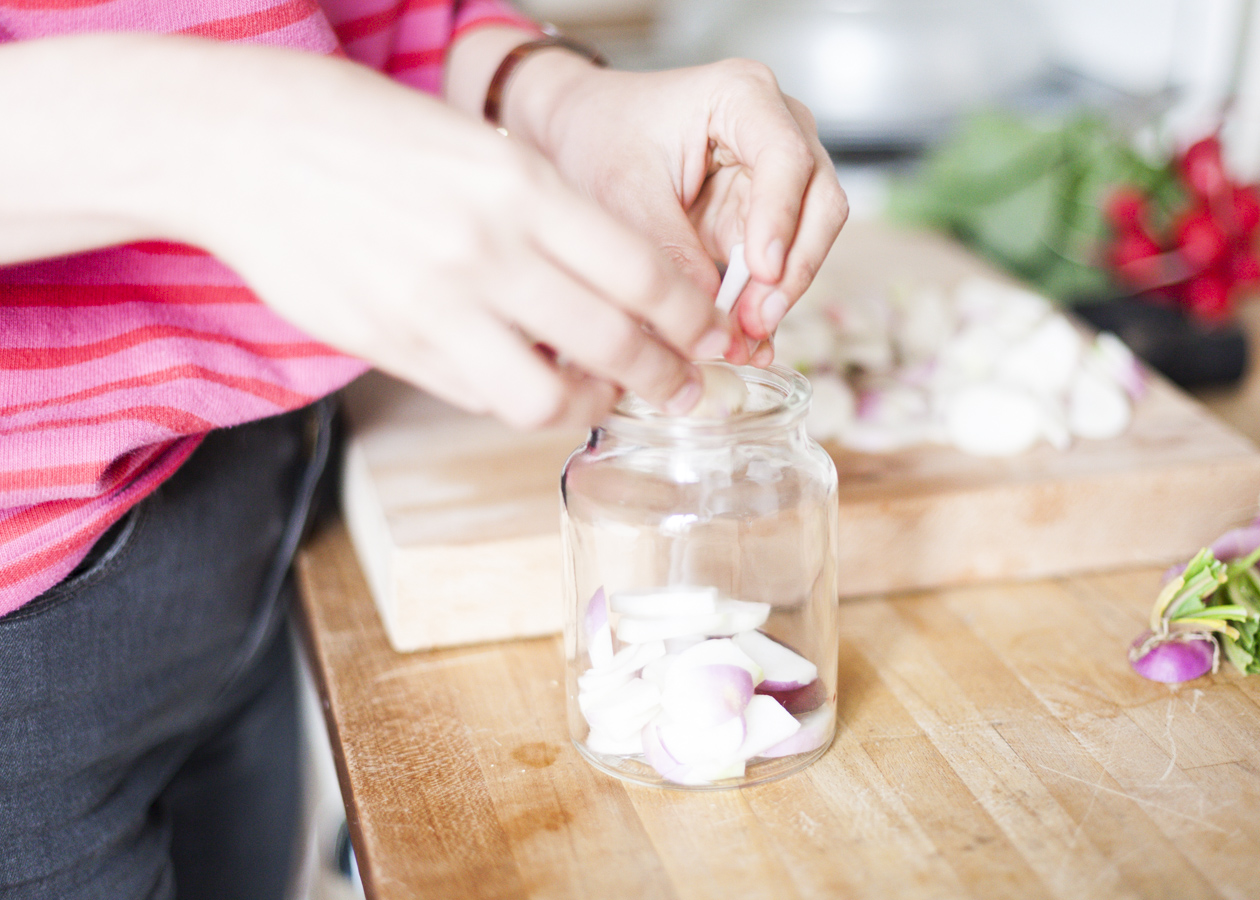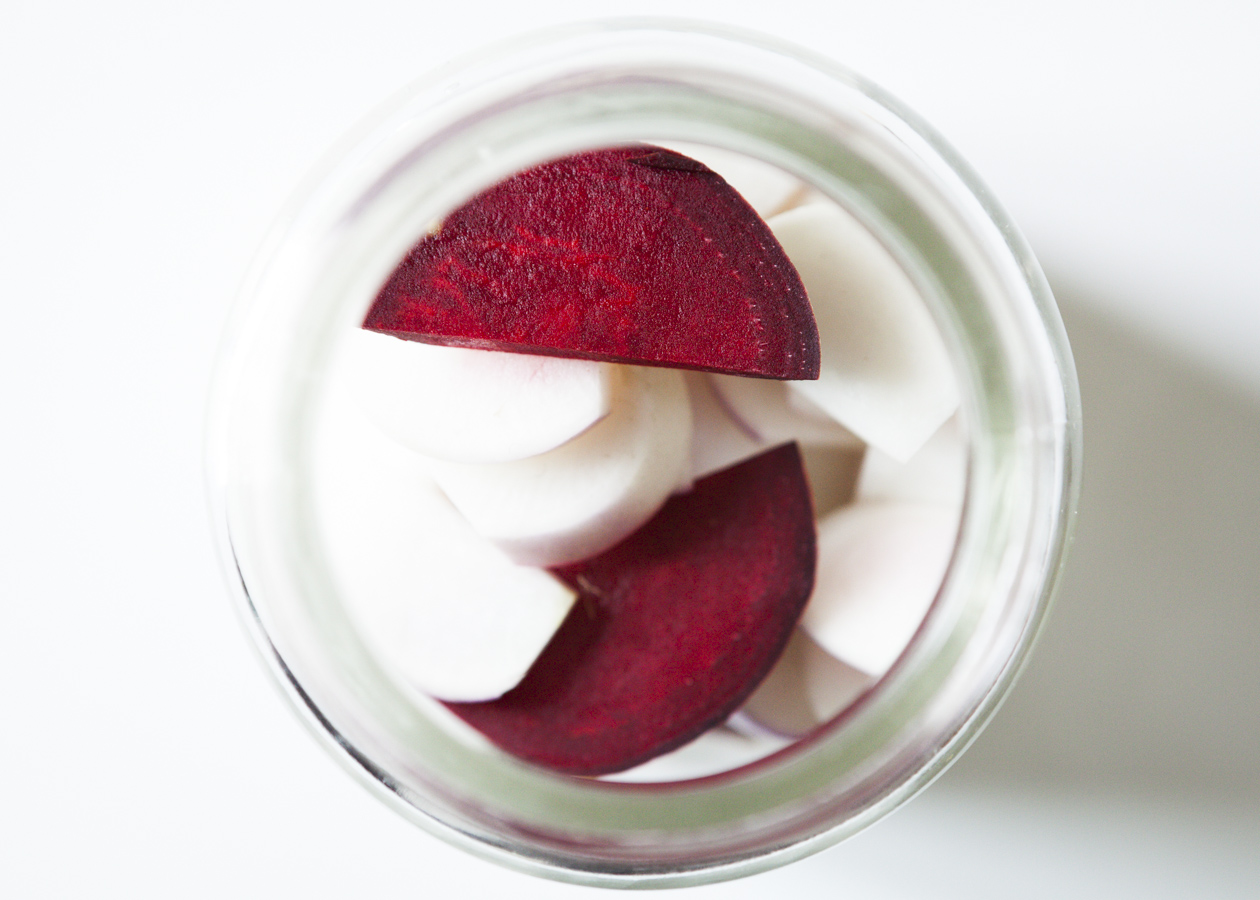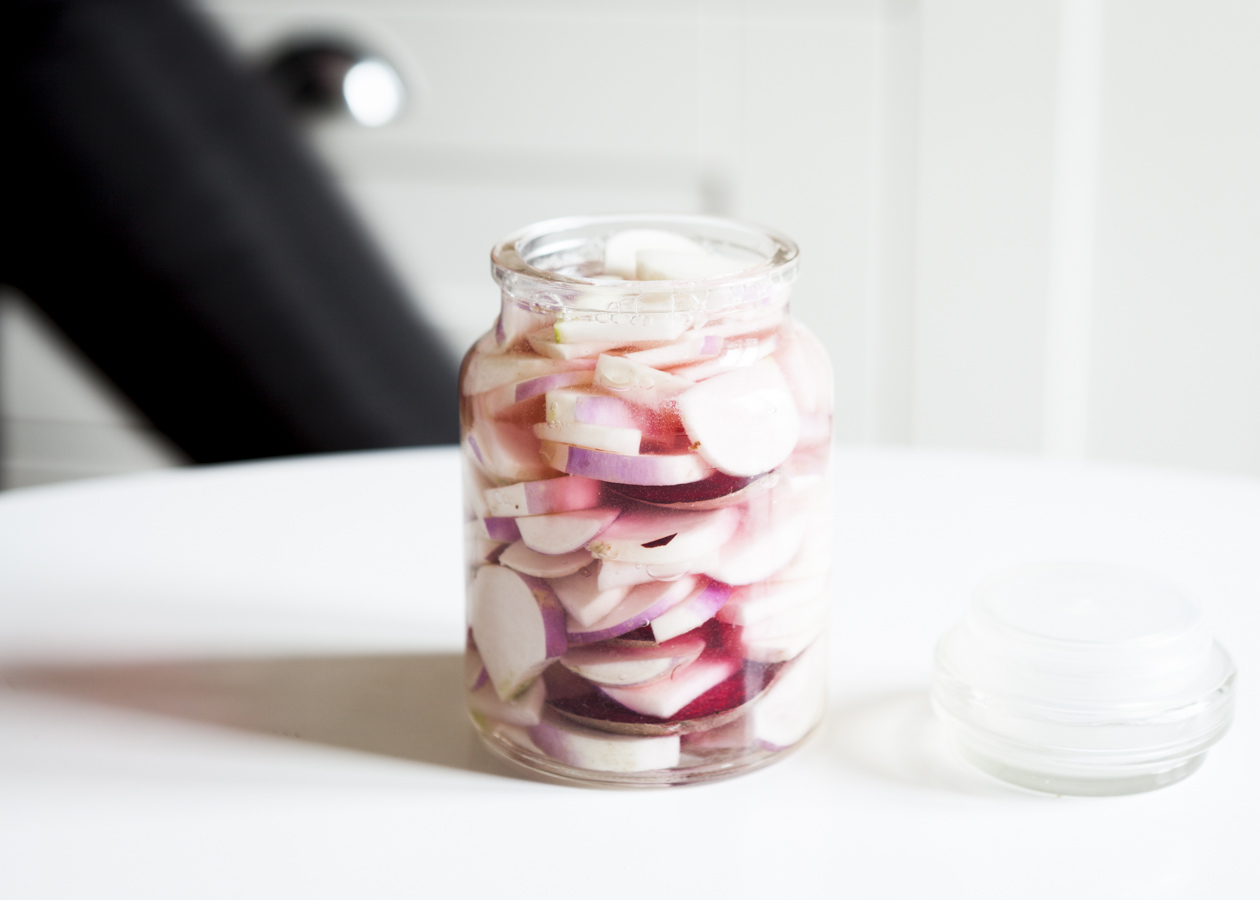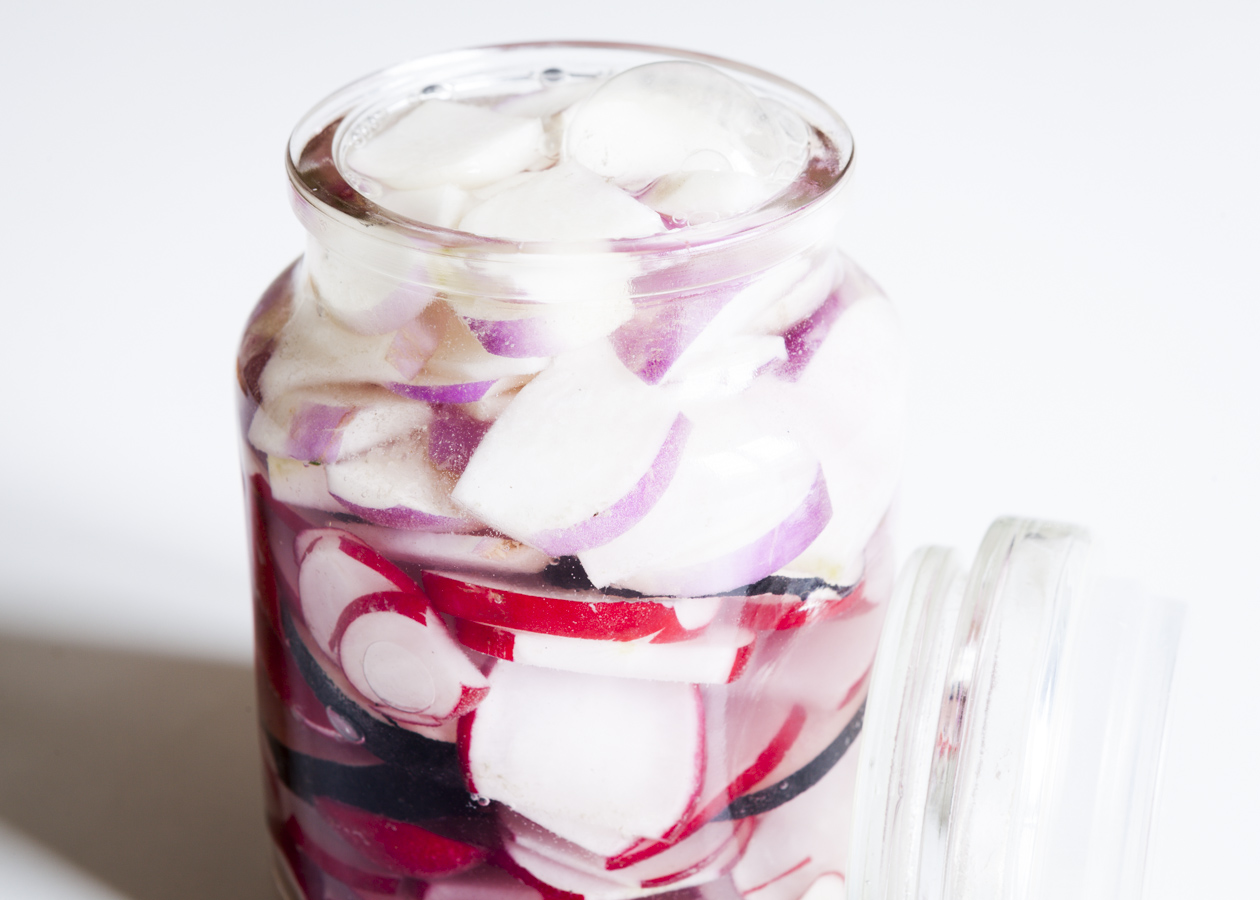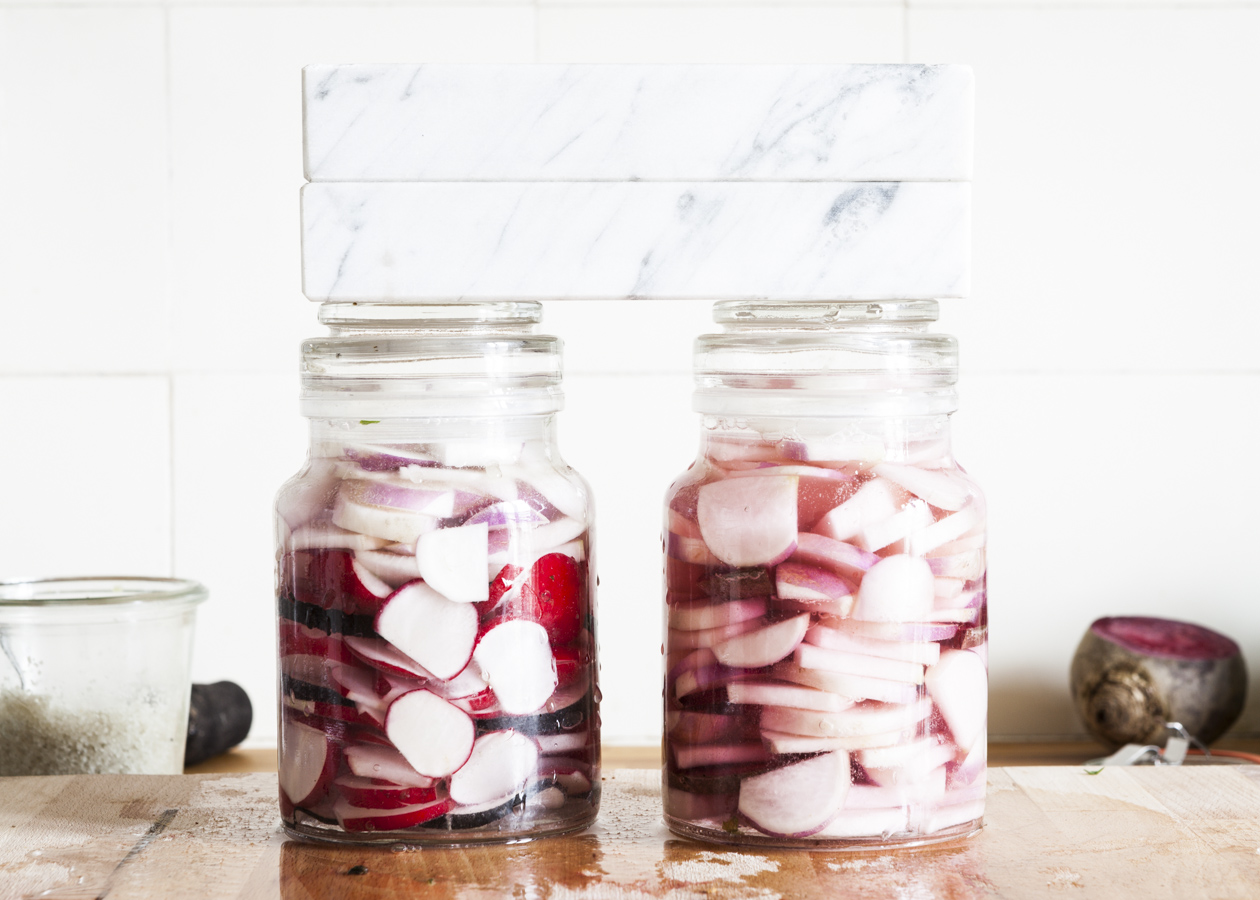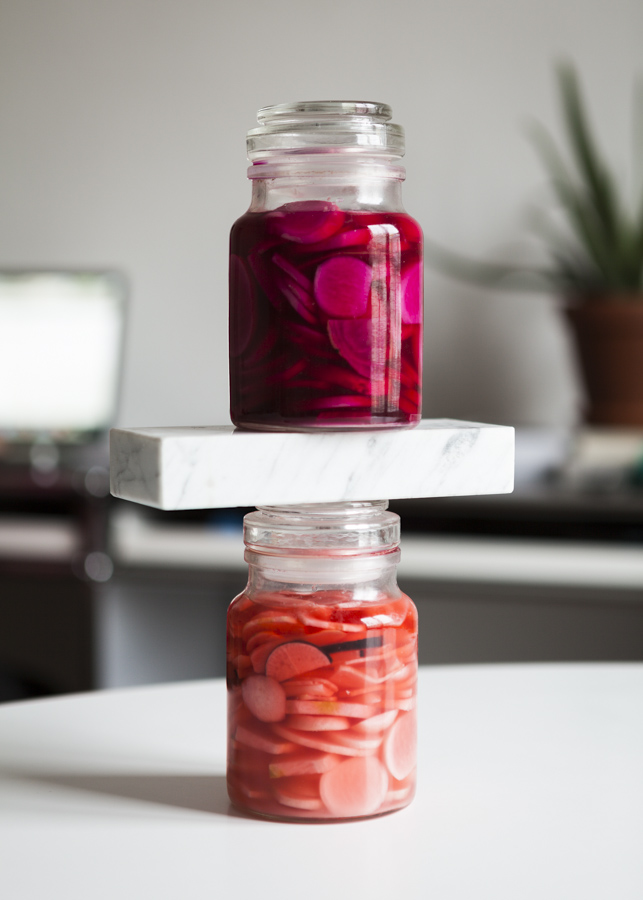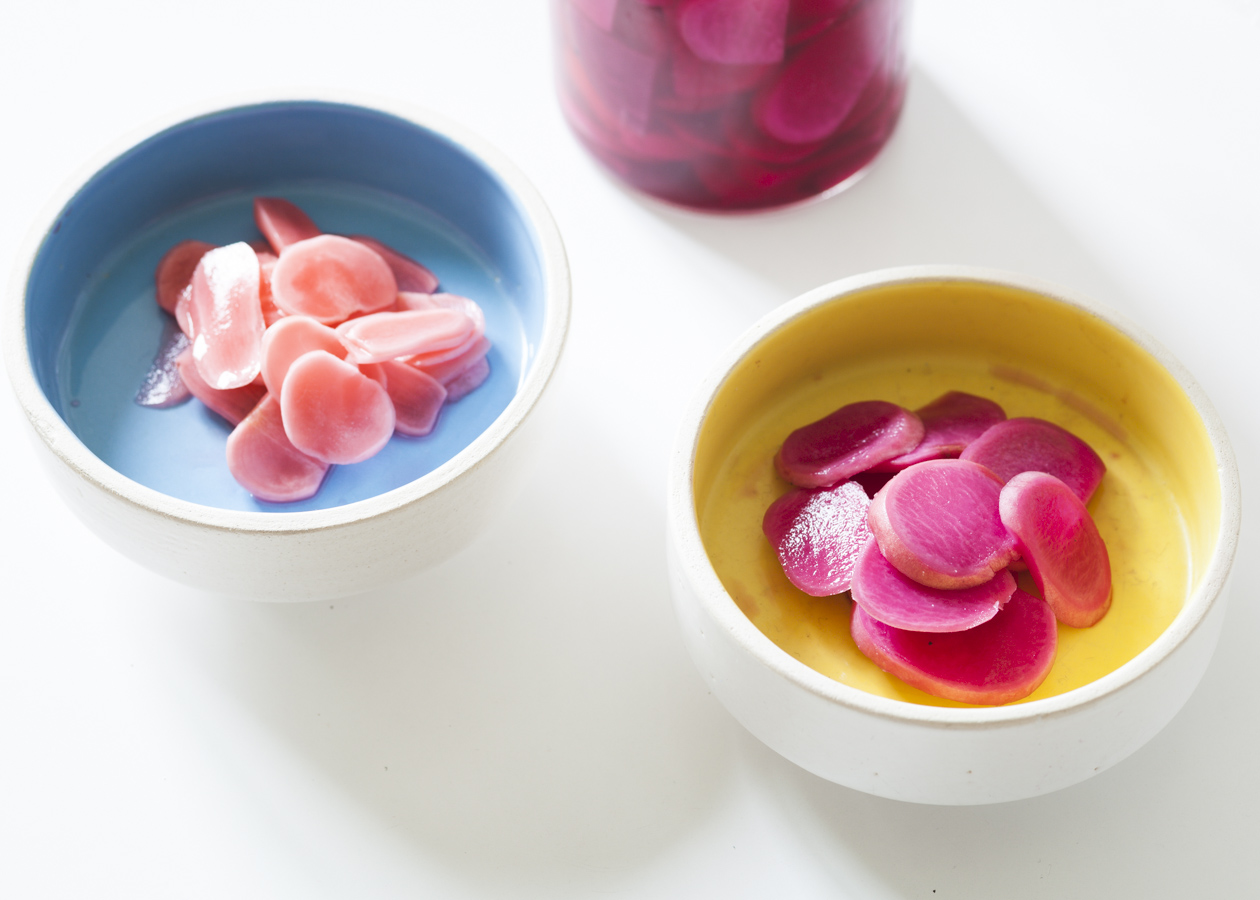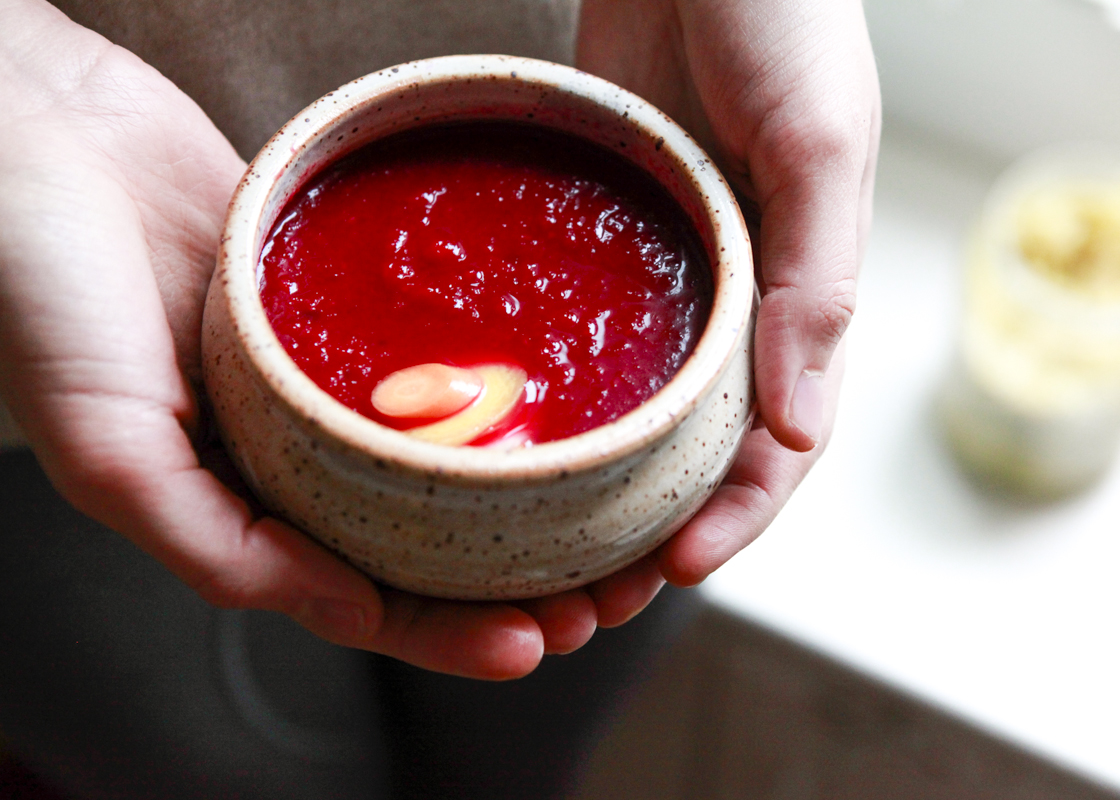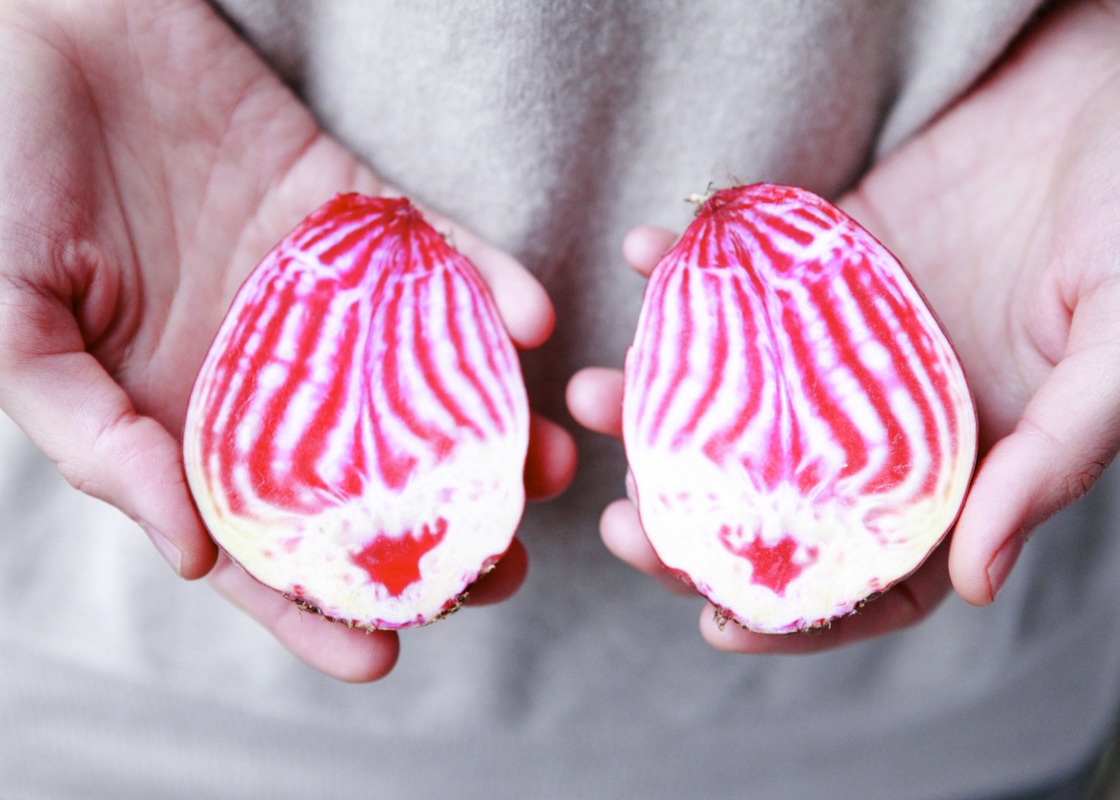I’m one-half first-generation American on my father’s side which means that my father’s an immigrant and I, at least by one-half, am an immigrant’s daughter.
I’ve been thinking about that a lot lately, what that has come to mean for me here.
It’s been nearly seven months since I moved to Switzerland, seven months since I filled two suitcases with the majority of my things, seven months since I boarded a plane with the intention of staying put, settling down in an entirely new country, a country that I will, someday I reckon, call home, or at least a second one.
Unlike my father, I’m an ex-pat here not an immigrant. This distinction has always caused eye-rolling on my part, but the difference, as far as I’ve seen, is that I can always go home.
It’s been nearly fifty-four years since my father, let’s call him (as those in his inner-circle [and outer-circle, come to think of it] do) Doc, left his first home. Forty-nine since he emigrated to the U.S., by way of Israel. Thirty-three since he moved from NYC to metro-Detroit, his fourth home.
When people ask me where my last name is from and I say Iraq there’s often a moment: of surprise, of intrigue, of brow-raising, “oh!”. My heritage is Jewish and Christian, not Muslim, and I suppose I look different (and I am, after all, one-half Eastern European on my mom’s side) than the image of Iraqis many people have in their heads .
I suppose the Iraq of my grand-parent’s generation looked a lot different than the image of Iraq I’ve had shelled in my head. I’ve had glimpses of this Iraq, from photo albums, Doc’s recollections; it exists for me, but it’s scattered, dispersed between the covers of newspapers, the footage on the news.
I’ve been thinking of my grand-parents a lot, lately, and how radically their lives changed. My grandmother was around my age when she came to the U.S. I didn’t get to know her too well (she passed on when I was young), but I’ve been thinking about her and how her life took her across the world around the same time that mine has.
This week, I’m making a recipe for her, inspired by her to connect with her and my memories of what we shared.
Mary, born in Baghdad, Iraq, American immigrant, devoted Catholic, mother of four. Do these details really describe who you were?
I have other artifacts, too: a tape-recording of meditative breathing–Som/Om, Som/Om–, an aerobics tape atop your VCR, a glass-jar filled with matchbooks from the places you’d been, a carving of a man and woman intertwined in an embrace on your bed-side-table that would make a nine-year-old me turn pink. An olive-wood rosary, icons of the Virgin Mother. You were deeply religious, but not in the disciplinarian, god-fearing way. More in a close-to-god (I’d even venture goddess, as your icon of choice was a woman) and his/her love kind of way.
Mostly, I remember you through food. The grape-leaves we grew for you, for dolma, beneath the deck of our first home, that sprawling suburb with similarly-drawn houses facing each other across green and marshy lawn. Your similarly green tabouli, drenched in lemon, always in the same banded-glass bowl that I often ate straight-out-of, with a big soup spoon. Kibbeh–olive-oil, cinnamon, salt, the color of soil–which you’d press flat and slice like a pie. A yellow onion, that you’d bite into like an apple.
A big jar of torshi on your fridge-door’s shelf.
Torshi is the word you can use for pickles from tables in the Balkans to those in the Hindu Kush. Recipes differ, but the principle is the same–something preserved, made sour (with salt through lacto-fermentation, or with vinegar) for a tangy addition to your meal.
In Chinese medicine, they say the sour taste is yin, cooling, gathering, absorbent, most active in the liver, strengthening for weakened lungs, “proper food” for the “heartmind.” It organizes scattered mental patterns, collects and holds together what has been dispersed. (Pitchford, 312).
Mary was the daughter of an Armenian orphan, a man whose parents had been killed in the genocide. He grew up in the company of Iraqi Christians–or Chaldeans–and married one. Mary met my Gidu (grandpa in Arabic), a Jewish man, and fell in love. This love would eventually cast them out from their home in Iraq, from Israel (where the Jewishness of the family was called into question), to a place where they could find (at that time) acceptance: the U.S.
Perhaps that is why, as immigrants, ex-pats, immigrants-daughters or grand-daughters or even great-great-granddaughters, we can gravitate toward the sour. A taste to gather, to collect, to hold together what has been dispersed, to bring us together.
Mary’s torshi was made with cauliflower, carrots, cucumbers and cabbage. I used the first turnips and radishes of Spring in my versions. A bright sash of color for a pale-green early Spring.
Ingredients
- Bunch of turnips, sliced thin
- 1/8 of a small beet, sliced thin
- 1.5 tablespoons course sea-salt
- De-chlorinated water
- Bunch of radishes, sliced thin
- Handful of turnips, sliced thin
- 1 small black radish, sliced thin
- 1.5 tablespoons course sea-salt
- De-chlorinated water
Directions
- Sterilize a pint-sized glass jar by filling it with boiling water. Wait a few minutes, then drain. Fill with cold water to cool glass, then drain again.
- Press slices of vegetables into jar until it's full. Add salt. Pour cold, de-chlorinated water (Note: You can de-chlorinate your water by letting it stand for at least 30 minutes) until it covers vegetables. Seal with lid.
Let ferment in cool, dry place for at least 3 days and up to many months. After opening, store in fridge.
References:
Pitchford, Paul. Healing with Whole Foods. Berkeley: North Atlantic Books, 1993, 2002.
